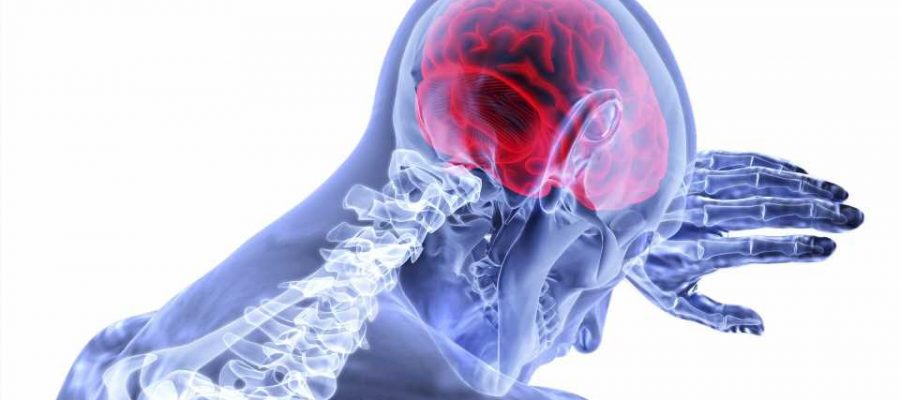
The PACIFIC-Stroke trial has failed to reach its primary endpoint but in an exploratory analysis, inhibition of factor XIa with asundexian reduced recurrent ischemic stroke and transient ischemic attack (TIA) without increasing bleeding. The late breaking research was presented in a Hot Line session on 29 August at ESC Congress 2022.
Study author Dr. Ashkan Shoamanesh of the Population Health Research Institute, Hamilton, Canada said, “This was the first completed randomized trial comparing factor XIa inhibition versus placebo, both on top of antiplatelet therapy, for secondary prevention of non-cardioembolic ischemic stroke. The results of PACIFIC-Stroke indicate that the potential of asundexian to prevent stroke in selected patients should be investigated further.”
Ischemic stroke patients are at an increased risk of having another stroke, and long-term antiplatelet therapy is recommended to reduce recurrence. It is estimated that more than 6% of patients with non-cardioembolic ischemic stroke will have another stroke within a year despite guideline-recommended treatment. Dr. Shoamanesh said, “More effective preventive strategies are needed for secondary stroke prevention. Dual pathway inhibition combining an anticoagulant with an antiplatelet agent is hypothetically appealing, but there have been concerns that currently available oral anticoagulants may raise the likelihood of bleeding. There is emerging evidence that factor XIa inhibitors, such as asundexian, may prevent thrombosis without increasing bleeding.”
The phase 2 PACIFIC-Stroke trial investigated the efficacy, safety and optimal dosage of asundexian for secondary stroke prevention following an acute non-cardioembolic ischemic stroke. The trial was conducted at 196 sites in 23 countries. A total of 1,808 patients were randomized within 48 hours (mean interval 36 hours) of non-cardioembolic ischemic stroke to once daily asundexian 10 mg, 20 mg, 50 mg, or placebo on top of usual antiplatelet therapy. The average age was 67 years and 34% were women. Participants underwent brain magnetic resonance imaging (MRI) at study entry and after six months, with images independently analyzed by two radiologists blinded to treatment allocation. Patients were followed up for six to 12 months.
The primary efficacy outcome was the dose-response effect on the composite of incident MRI-detected covert brain infarcts or recurrent symptomatic ischemic stroke at six months. The primary safety outcome was major or clinically-relevant non-major bleeding at 12 months. Secondary exploratory outcomes included ischemic stroke and the composite of ischemic stroke and TIA.
There were 362 primary efficacy outcomes at six months, 87 (19.1%) in the placebo group, 86 (18.9%) in the asundexian 10 mg group, 99 (22%) in the 20 mg group and 90 (20.1%) in the 50 mg group. There was no dose-dependent reduction of the primary efficacy outcome with asundexian (t-statistic: -0.68, p=0.80) at six months.
During the total follow-up (median 10.6 months), 125 recurrent symptomatic ischemic strokes or TIA occurred, 38 (8.3%) in the placebo group, 35 (7.7%) in the asundexian 10 mg group, 28 (6.2%) in the 20 mg group and 24 (5.4%) in the 50 mg group. In a secondary exploratory analysis, recurrent ischemic stroke or TIA was reduced among patients assigned to asundexian 50 mg compared with placebo (hazard ratio [HR] 0.64, 90% confidence interval [CI] 0.41–0.98), with the largest reduction among those with extracranial or intracranial atherosclerotic plaque (HR 0.39, 90% CI 0.18–0.85).
The primary safety outcome was not significantly increased at 12 months with asundexian, occurring in 2.4% of patients assigned to placebo and 3.9% of those assigned to asundexian (HR 1.57, 90% CI 0.91–2.71).
Source: Read Full Article
